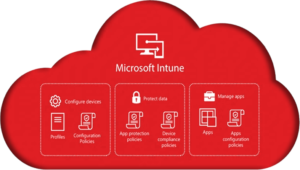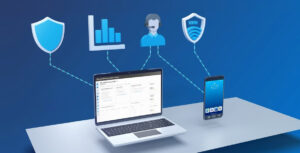For environments that require more than one SUP, setting of the second one correctly and efficiently can be a challenge. I will go over the steps here, using ConfigMgr 1602 and Server 2012 R2.
This post assumes that you have one SUP already up and running, and that the WSUS database on in SQL, and not a Windows Internal Database. Also, this only works and is only supported on two servers that are either in the same domain, or two domains that have a transitive trust.
This method is preferred, if possible. It’s much more efficient then running two databases and two content stores. If you run them separately, both instances have to sync and download updates every time. This method makes them work together.
The drawback to using two (or more) Software Update Points is that you cannot isolate them based on boundaries like you can management points and distribution points (as of v1602, at least). Clients will use whichever one they can reach. If they can reach more than one, they will stick with one until they can’t reach it for some reason. Fortunately, clients only use SUPs to establish which updates they need to install (minimal network traffic). They still get content from their assigned distribution point.
Configure First SUP
On your first SUP (SUP1), you need to ensure a few things. First, ensure that the second SUP (SUP2) can access the first over port 1433 (or custom SQL port if you configured one). Second, the update store location on SUP1 must be shared. This is the location that you specified during the installation of WSUS. I recommend creating a hidden share by adding the dollar sign (“$”) after the share name. The computer account of the second server must have change permissions on the share, as well as modify NTFS permissions on the folder. You will also need a second service account with the same rights.
Install WSUS
On SUP2, install WSUS with the database option (note: you do not need SQL on this server).
On this screen, enter the share name from SUP1 you created earlier:
Finally, entire the information for the SQL server. This should be the SQL server where your database for SUP1 is hosted. If it’s the in default instance, just enter the computer name.
OR (for default instance)
After that, let the components install. After installation, open the WSUS console and let the configuration wizard run. Stop at the normal spot for installing a SUP:
Install SUP
Now, the installation of the Software Update Point is just like any other install. Add the role from your ConfigMgr Console. You can monitor the installation from the sitecomp log, or by watching the components from the Monitoring section of the console.





